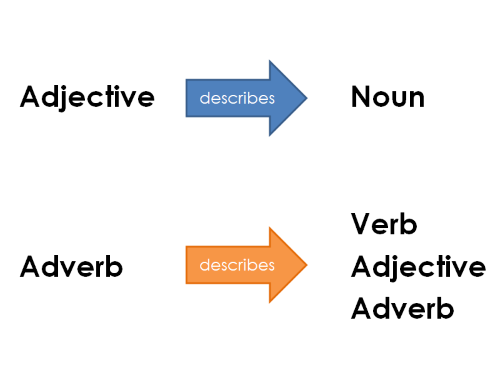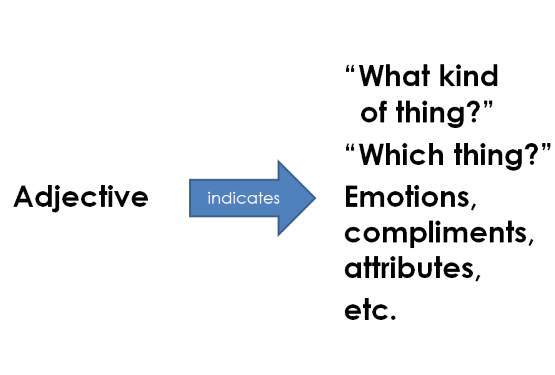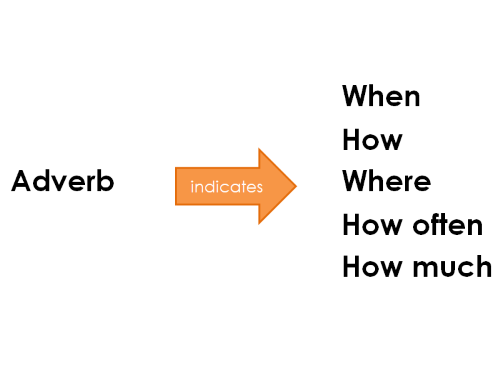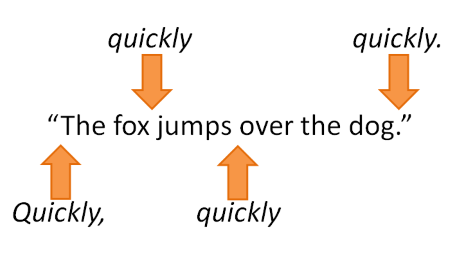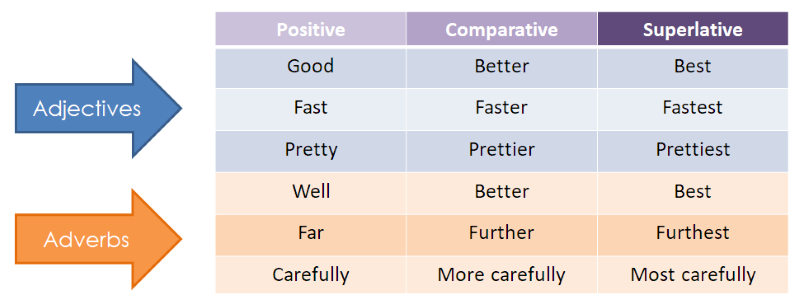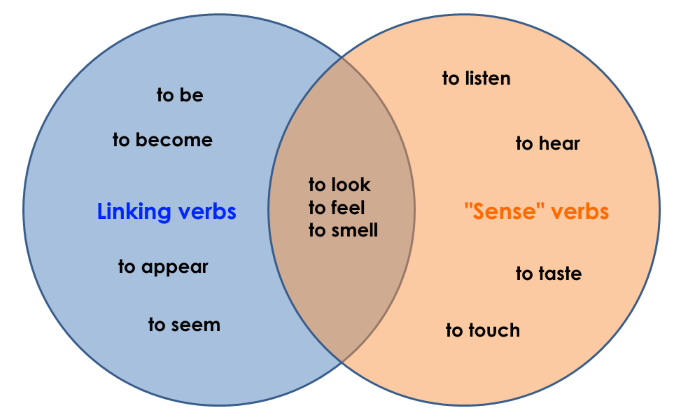Het arrangement ADL - Adjectives & Adverbs is gemaakt met Wikiwijs van Kennisnet. Wikiwijs is hét onderwijsplatform waar je leermiddelen zoekt, maakt en deelt.
- Auteur
- Laatst gewijzigd
- 05-11-2017 21:47:29
- Licentie
-
Dit lesmateriaal is gepubliceerd onder de Creative Commons Naamsvermelding-GelijkDelen 3.0 Nederland licentie. Dit houdt in dat je onder de voorwaarde van naamsvermelding en publicatie onder dezelfde licentie vrij bent om:
- het werk te delen - te kopiëren, te verspreiden en door te geven via elk medium of bestandsformaat
- het werk te bewerken - te remixen, te veranderen en afgeleide werken te maken
- voor alle doeleinden, inclusief commerciële doeleinden.
Meer informatie over de CC Naamsvermelding-GelijkDelen 3.0 Nederland licentie.
Aanvullende informatie over dit lesmateriaal
Van dit lesmateriaal is de volgende aanvullende informatie beschikbaar:
- Leerinhoud en doelen
- Engelse taal en cultuur;
- Eindgebruiker
- leerling/student
- Moeilijkheidsgraad
- gemiddeld
Bronnen
| Bron | Type |
|---|---|
|
Adjectives or Adverbs http://www.myenglishpages.com/site_php_files/grammar-exercise-adjectives-adverbs.php |
Link |
|
Comparative Adjectives https://www.ego4u.com/en/cram-up/grammar/adjectives-adverbs/adjectives/exercises |
Link |
|
Comparative Adverbs https://www.learnenglishfeelgood.com/english-adverbs-comparative1.html |
Link |
|
Adjective or Adverb? http://esl.fis.edu/grammar/multi/adadv.htm |
Link |
|
Adjectives & Adverbs Test - Google Forms https://goo.gl/forms/dZBJuMsSQlrkl7li2 |
Link |


